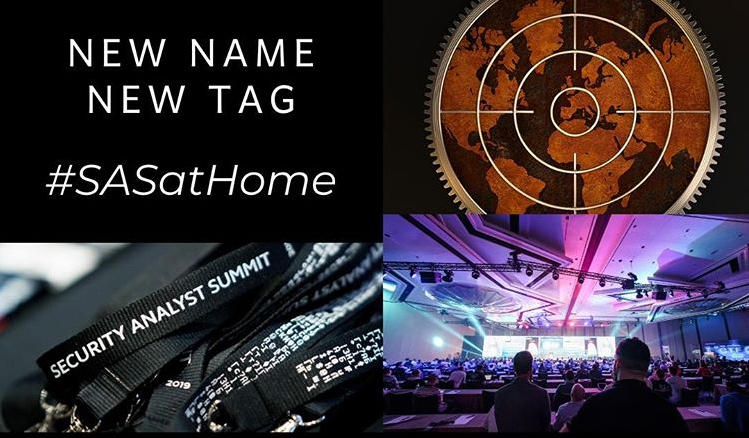
Today we got another DDoS attack on Twitter. A lot of people are asking why Twitter doesn’t seem to be coping with attacks like these. And at the same time there are more and more people jumping on the bandwagon saying stay away from Adobe products.
What’s the link? Two extremely high profile companies which are being targeted by various cyber criminals around the world. In addition, both of these companies have less than outstanding track records when it comes to security issues.
But that’s pretty much where the parallel ends. Looking at Twitter over the course of this year what conclusions can we draw?Firstly, Twitter’s security doesn’t seem to be significantly better than at the beginning of the year. That’s a personal opinion, for sure, but that’s the way I see it. Secondly, the service is continually increasing in popularity. Twitter is everywhere, and I mean everywhere – check the mainstream media and you’ll see dozens of references to Twitter every day.
The attacks on Twitter haven’t had any real impact on its popularity. Given the service’s current business model (whatever that may be), only the DDoS attacks seem to be causing Twitter any real pain. And that same business model might be the reason why Twitter doesn’t seem to be investing heavily in security.
Maybe fortunately for the Internet community Adobe isn’t in the same position. The constantly growing call to move away from Adobe means the company will feel the impact on its business and cause it to invest in security. While it’s clearly the market leader, it lacks one critical advantage – there are good mainstream alternatives.
As I see it, Adobe’s in the same situation as Microsoft some seven years ago. However, Microsoft’s main competitor wasn’t as mature then as Adobe’s is right now. Adobe has a number of competitors in a few areas:
There’s competition for PDF readers/editors and a number are emerging as viable replacements to Adobe Acrobat/ Reader.
Competition for Flash is less clear. Because the Flash format is still proprietary it’s pretty much impossible for others to make Flash players that can hold their own against Adobe’s own Flash player. There are open source alternatives but their functionality is limited. And it doesn’t solve the issue of creating and editing Flash files. The most likely competition for Adobe is going to come from Microsoft. Silverlight hasn’t made a real breakthrough so far, but if Adobe (Flash) security issues persist this is undoubtedly going to open a window of opportunity for Silverlight.
Abobe or Twitter leaders might well think right now that their best investment is in business areas (i.e. pushing the services/ products) rather than in security. (This particularly goes for Twitter, with the business press reporting that it doesn’t currently appear to have a profitable business strategy.)
But given today’s Internet climate, it’s blindingly clear that any good medium to long term strategy has to include security – and this covers secure coding, prompt incident response etc.
From my point of view, strategies like this can’t kick in soon enough. It’s not that I care about the business so much, as the communities that use the services. If we’re being encouraged to tweet, share, and spread our data – let’s make sure everything we use is as safe as possible (there’s no such thing as true safety, but let’s do the best we can, eh?)





















Twitter and Adobe – what’s the difference?